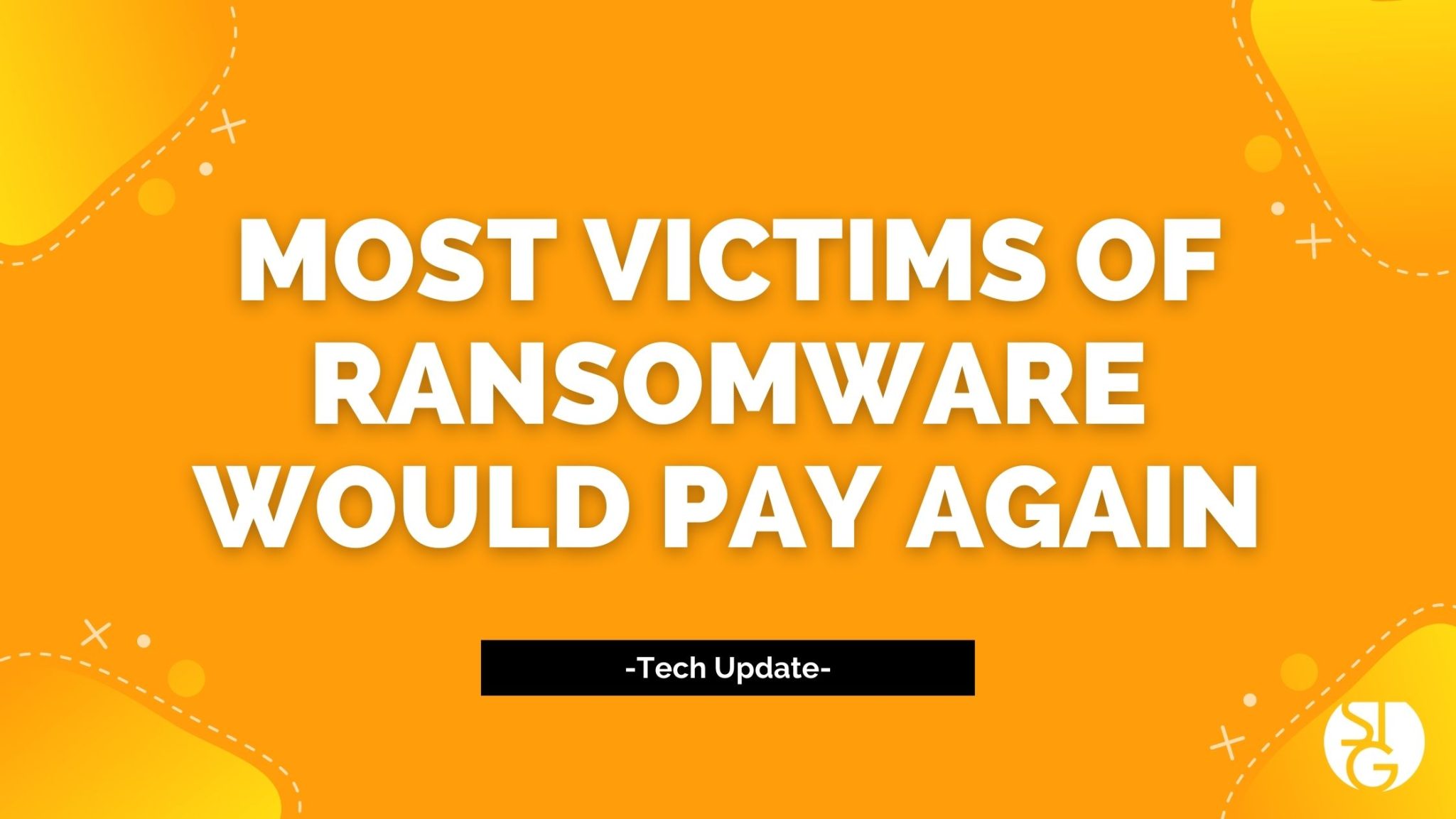Ransomware is one of the worst cyberattacks going on in the world. Cases of ransomware grow by the day. Just last year, 37% of businesses were negatively affected by an attack. And most victims of ransomware would pay again.
For those of you who are lucky enough to not know what a ransomware attack is, sorry to be the bearer of bad news. Ransomware happens when cybercriminals break into your network, steal and encrypt your data and exploit it for a payout. It’s quite literally someone holding your data up for ransom.
They encrypt your data, then tell you to pay a large amount of money to get the encryption key.
If you fail to pay their demands, which could be any dollar amount, they delete your data.
Unfortunately, paying the ransom isn’t the only thing you have to worry about. There’s stress, repetitional damage and down time you face going through this. In 2021, ransomware attacks caused an average of 22 days of downtime.
If you ask officials, they will advise not to pay any ransomware demands.
However, a new survey shows that almost all business leaders who have previously experienced a ransomware attack, would quickly pay up if they were attacked again,
About 35% of them would pay instantly.
So if you read into these actions, what does that tell you about the nightmare brought on by ransomware?
Businesses would rather pay up than deal with the illegality of the whole thing.
We find issue in this because in some cases, even if you pay the ransomware demand, it doesn’t guarantee your files back. After they pay the fee, on average they only restore 65% of data.
They might ask you for more money. If cybercriminals know that your business pays ransom fees, they’re likely to attempt another attack on you.
So how should people deal with ransomware?
First, you need to have strong security measures in place to protect yourself from attack:
- Train your people on best practice regarding cybersecurity.
- Install multi-factor authentication on all of your applications.
- Invest in a password manager
- Make sure to follow through with all updates
- And you should always have a backup that works. Ideally, you have one where you keep older data and cannot change it.
Also, it’s a good idea to have a response and recovery plan that tells you what to do in the event of a ransomware attacks.
Not only will your business be able to respond quicker, but you should also have less downtime because you already recognize what needs to happen.
We’d love to hear what you think about this. What would you do if you data was held for ransom?
If you’d like to find out more about what’s new in the tech world, make sure to follow our blog!
Additionally, if you have any IT related questions, feel free to book a time to speak with one of our experts.
Click here to schedule a free 15-minute meeting with Stan Kats, our Founder, and Chief Technologist.
STG IT Consulting Group proudly provides IT Service in Greater Los Angeles and the surrounding areas for all of your IT needs.
Published with permission from Your Tech Updates.





